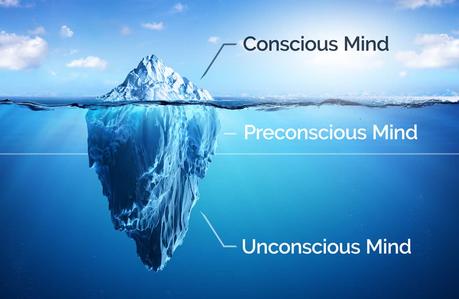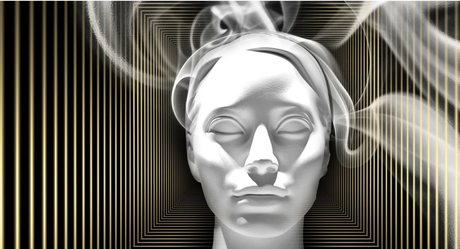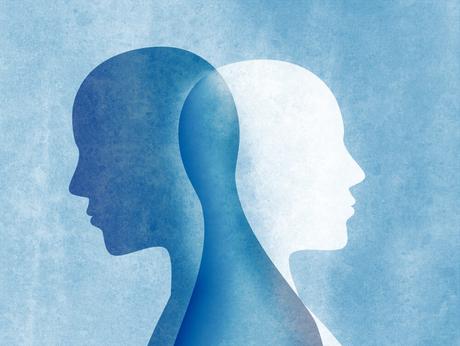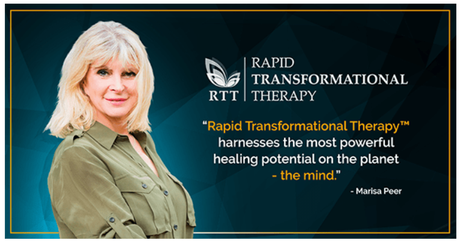This article will explore the theories of thought leaders including Sigmund Freud and Marisa Peer as well as looking at the battles your mind endures and the best way to achieve your goals by tapping into the right entity.
The unconscious mind
Freud used the analogy of an iceberg to explain the different parts of the mind.

The conscious mind is above the surface and consists of processes we are aware of. For example, you will be aware you are hungry and so will eat.
The preconscious mind sits just below the surface and contains thoughts we are not actively aware of but can draw into the conscious mind when required. An example would be your home address or date of birth.
The unconscious mind is not accessible to the conscious mind but influences our feelings, urges, and behavior. In Freud's theory of the mind, the unconscious mind contains our past hurts, traumas, and pain that we have repressed. It also holds your deepest desires.
The subconscious mind
Freud does not include the subconscious in his theory of the mind, however, it is commonly used in therapy.
Psychology writer George J. Ziogas describes the subconscious as having "immense power in controlling your life experiences... your subconscious is like the auto-pilot on an airplane.

It has been pre-programmed to follow a specific route and you can't deviate from that route unless you change the directions programmed into it first."
The subconscious sounds very similar to the unconscious. Freud actually used subconscious and unconscious interchangeably to start with before later sticking with the unconscious.
So which do we use, and when?
In the academic literature on mental functioning- psychoanalysis, psychiatry, neuroscience -you will see "unconscious mind" used more frequently.
However, many of us understand the literal meaning of "unconscious" as when someone has passed out, so in non-academic texts and the therapy room, "subconscious" is used.
The subconscious mind and dreams
Your subconscious is always recording and storing your experiences, thoughts, and feelings-even while you sleep. Because of this, your subconscious has a huge influence on your dreams.
When you are asleep, the conscious mind sleeps but the subconscious is always awake. The subconscious thinks differently to the conscious too, using visual elements, symbols, and metaphors. That is why dreams tend to be abstract and difficult to make sense of. However, they do often relate to our real-life experiences .
The battle between the subconscious and conscious minds
As mentioned at the beginning of the article, there is often a conflict in your mind between the beliefs of your conscious and subconscious.
It can be explained as a battle between logic and emotion. Phobias, for example, are rooted deep in your subconscious and influence your behavior. While your conscious mind can understand that your fear is irrational, that is not enough to change your behavior. The emotion stored in your subconscious is much stronger than a conscious reason.
Globally-acclaimed therapist Marisa Peer explains that the first job your mind has is to survive , to keep you alive as long as possible. It does this by steering you towards pleasure and away from pain.
"Your mind is highly influenced by the words and pictures you put in it. It loves what is familiar and prefers to avoid anything unfamiliar." Marisa says.
This is why we struggle to change bad habits such as unhealthy eating. Even though you know fresh vegetables are better for you if your mind is used to sugar and high-fat food, it will steer you towards the unhealthy option as it is familiar. Find more advice on how to overcome unhealthy eating habits .
Until you tap into the subconscious and address the memories, trauma, and pain you have repressed, your pattern of behavior will not change.
Quick Links:Hypnosis and the subconscious mind
Hypnotherapy is the best way to tap into the subconscious mind and change your negative thought patterns and behaviors.
Hypnosis guides you into a state of deep relaxation where your subconscious mind can be accessed and your thoughts and beliefs can be reprogrammed for positive change.

Marisa Peer has helped thousands of people achieve phenomenal breakthroughs using her unique method of Rapid Transformational Therapy (RTT®). RTT has been described as "beyond hypnosis". It layers the most effective techniques from hypnotherapy, psychotherapy, NLP, and CBT to bring about powerful, permanent, and profound change-often in as little as 1-3 sessions.

RTT is fast becoming recognized as one of the most effective therapies available and Marisa is now training people all over the world in her RTT method, so more people can experience remarkable results.
RTT is incredibly successful in helping people to overcome fears, phobias, addiction, anxiety, depression, eating issues, insomnia, and much more. To find out how RTT can help you master your subconscious mind, get connected to an RTT specialist near you .
If you are interested in training to be an RTT therapist, find out more about how to study RTT online .

